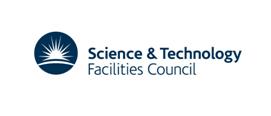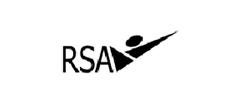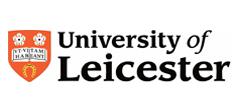Space: Practical Resources
These resources all include practical activities with a space theme. They range from KS2 up to KS4 and cover many of the concepts with the curriculum, as well as being useful for STEM clubs or extra-curricular activities.
Is There Anyone Out There?
This is a brilliant resource for Primary, with fun experiements that are easy (and cheap!) to do. It was produced with help from scientists working on Mars projects at Imperial College and written by experienced primary teachers.
The activities use scientific enquiry to explore three themes: life, landing and the landscape on Mars.
STFC Lunar Rocks and Meteorites Loan Scheme: Secondary Resources
Developed by ESERO-UK and the Association for Science Education, this resource contains practical activities using the Moon and meteorites as a context to engage students in scientific enquiry. They were developed to be used with the STFC Lunar Rocks and Meteorites Loan Scheme but can also be used independently.
We Are Aliens!
This collection of resources was developed by the National Space Academy and includes practical activities for biology, chemistry and physics. Videos and worksheets are included. Topics covered include:
• Cell biology
• Food tests, including starch, sugar, protein and fat
• Respiration
• Enzymes & rates of reaction
• Microbiology
• Aseptic technique
• Cell organelles
• Bonding and molecular shape
• Carbon cycle
• Experimental design
• Reaction rates
Robert Smyth Academy
A plethora of chemistry activities KS3 to post-16, developed by teachers from one of the Leading Space Schools. Activities cover topics such as rates of reaction, combustion and enthalpy.
International Space Station (ISS) Education Kit - Lower Secondary
This is a great space resource for secondary schools.
The first place to start with this resource is pages 4 and 5 of the Teacher's Guide, which gives a list of subjects and topics represented in the exercise units. In addition to science, subjects include mathematics, social science, art, creative writing, history and geography.
The exercise units contain information and fun practical activities related to the International Space Station e.g. making balloon rockets, robotic arms, a water filtration system.
Teaching Astronomy and Space: Expand Your Horizons
This is a great resource for use at secondary level.
The videos in this resource are ideal for use in class - they are in small chunks (about 5 mins) and presented by scientists at a level accessible to secondary students.
The classroom demonstrations are short instructional videos for teachers - many of which are very simple to replicate in the classroom.
Rocket Science Activities
This is the number 1 comprehensive rocket guide for teachers. If you want to do experiments with rockets then this guide contains 16 rocket activities - spanning all age ranges. There is also a well written history of rockets and a guide to the physics of rocketry, appropriate for secondary school students. The rocket activities range from easy-to-make, low power rockets to more complex high powered rockets. The IOP do a make-and-take using one of the more complex rocket designs.
Space-based Astronomy Educator Guide
This guide has some good practicals and information on astronomy and has student worksheet appropriate for use in the classroom. The notes on educational standards are for the US.
The introduction to this guide gives a brief, but fairly comprehensive, history of US spacecraft used for astronomy up to the Year 2000.
The guide contains 4 units with practicals and student worksheets:
Unit 1 looks at the atmosphere and gives five practical demonstrations to model how the atmosphere distorts em radiation.
Unit 2 looks at the em spectrum and describes how to build a simple spectroscope, redshift and blue shift using a doppler ball and wavelength and resonance praticals
Unit 3 looks at telescopes and how to build a simple refracting telescope, and a liquid crsytal sheet to demonstrate infra-red detection
Unit 4 contains four practicals which investigate images processing, using colour and coding with binary numbers
Unit 5 gives web links (some outdated at the time of this comment 2012)
There is also a glossary of terms and suggested reading
Science and Engineering on the Moon Challenge
The materials used for the engineering tasks are easy to obtain but the build will challenge your students. The first two engineering challenges can be used a primary level as well as secondary. Ideas about motion, forces and energy are covered. Students are encouraged to design, test, evaluate and improve on their designs.
I Wouldn’t Send a Dog Out on a Night Like This!
Putting a new twist on the old "insulating a house" activity - this resource looks at designing the best insulation for a lander on Mars.







